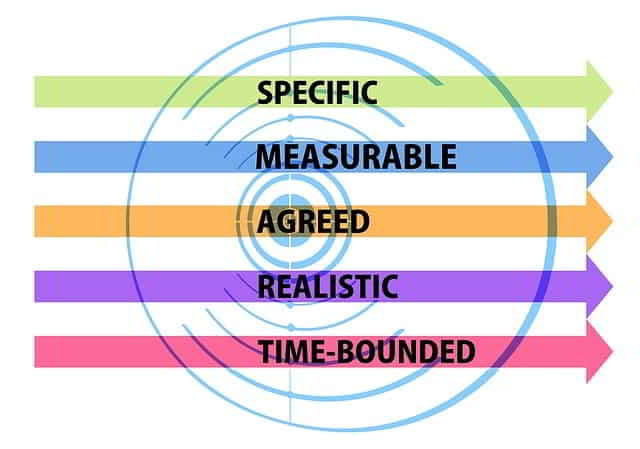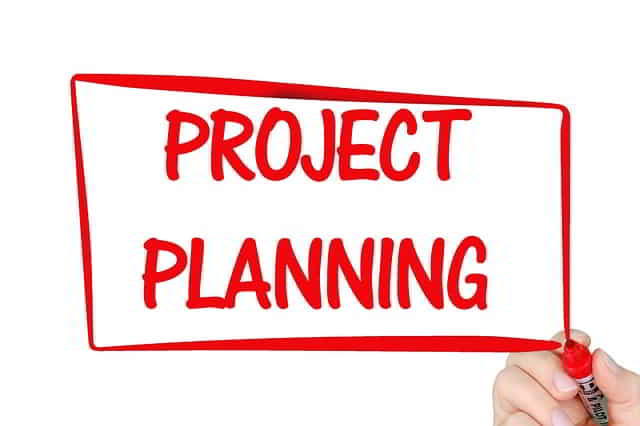How a Project Charter Can Propel Your Project to Success
Introduction:
Embarking on a new project can be both exciting and daunting. With so many moving parts and stakeholders involved, ensuring clarity and alignment from the outset is crucial. Enter the project charter – a powerful tool that sets the stage for project success by defining its purpose, scope, objectives, and key stakeholders. In this comprehensive guide, we delve into how a project charter can support and elevate your project from inception to completion.
1. Defining the Project Charter: Before diving into its benefits, let’s first understand what a project charter entails. Essentially, a project charter is a formal document that authorizes the existence of a project and provides the project manager with the authority to proceed with project activities. It serves as a roadmap, outlining the project’s scope, objectives, timelines, resources, and risks.
2. Establishing Clear Objectives: One of the primary functions of a project charter is to establish clear and measurable objectives for the project. By clearly defining what the project aims to achieve, It aligns stakeholders and team members toward a common goal. This clarity of purpose reduces ambiguity and ensures everyone is working towards the same outcomes.

3. Setting Scope Boundaries: Scope creep can be a project’s worst enemy, leading to delays, budget overruns, and frustration among team members. It helps mitigate scope creep by clearly defining the boundaries of the project. It outlines what is included within the project scope and, equally important, what is not. This prevents unnecessary additions or changes that could derail the project.
4. Aligning Stakeholders: Projects often involve multiple stakeholders with varying interests and priorities. It brings these stakeholders together by clearly identifying who they are and what their roles and responsibilities entail. By ensuring alignment and buy-in from stakeholders early on, the project charter lays the foundation for smooth collaboration throughout the project lifecycle.

5. Providing Direction and Focus: In the midst of a complex project, it’s easy for team members to lose sight of the big picture. It serves as a guiding light, providing direction and focus amidst the chaos. Team members can refer to the charter whenever they need clarification on project goals, priorities, or decision-making authority.
6. Enhancing Risk Management: Every project comes with its fair share of risks, from unforeseen delays to resource constraints. A well-crafted project charter includes a risk management plan that identifies potential risks, assesses their likelihood and impact, and outlines mitigation strategies. This proactive approach to risk management minimizes surprises and enables the project team to respond swiftly to challenges as they arise.

7. Facilitating Decision-Making: In the fast-paced environment of project management, timely decision-making is critical. The project charter empowers the project manager and decision-makers with the authority to make informed decisions that align with the project’s goals and objectives. This authority streamlines the decision-making process, avoiding delays and ensuring progress continues unabated.
8. Improving Communication: Effective communication is the lifeblood of any successful project. It serves as a communication tool, providing stakeholders with a shared understanding of the project’s purpose, scope, and objectives. It also establishes channels for regular communication and reporting, keeping everyone informed and engaged throughout the project lifecycle.

9. Monitoring Progress and Performance: Once the project is underway, the project charter acts as a benchmark against which progress and performance can be measured. By regularly comparing actual outcomes against the charter’s objectives and milestones, the project manager can identify deviations early and take corrective action as needed to keep the project on track.

10. Conclusion: In the fast-paced and often unpredictable world of project management, having a solid foundation is key to success. The project charter serves as this foundation, providing clarity, alignment, and direction from the outset. By defining objectives, setting scope boundaries, aligning stakeholders, and facilitating communication and decision-making, the project charter supports every stage of the project lifecycle. So, next time you embark on a new project, remember the power of the project charter to propel your project to success.




